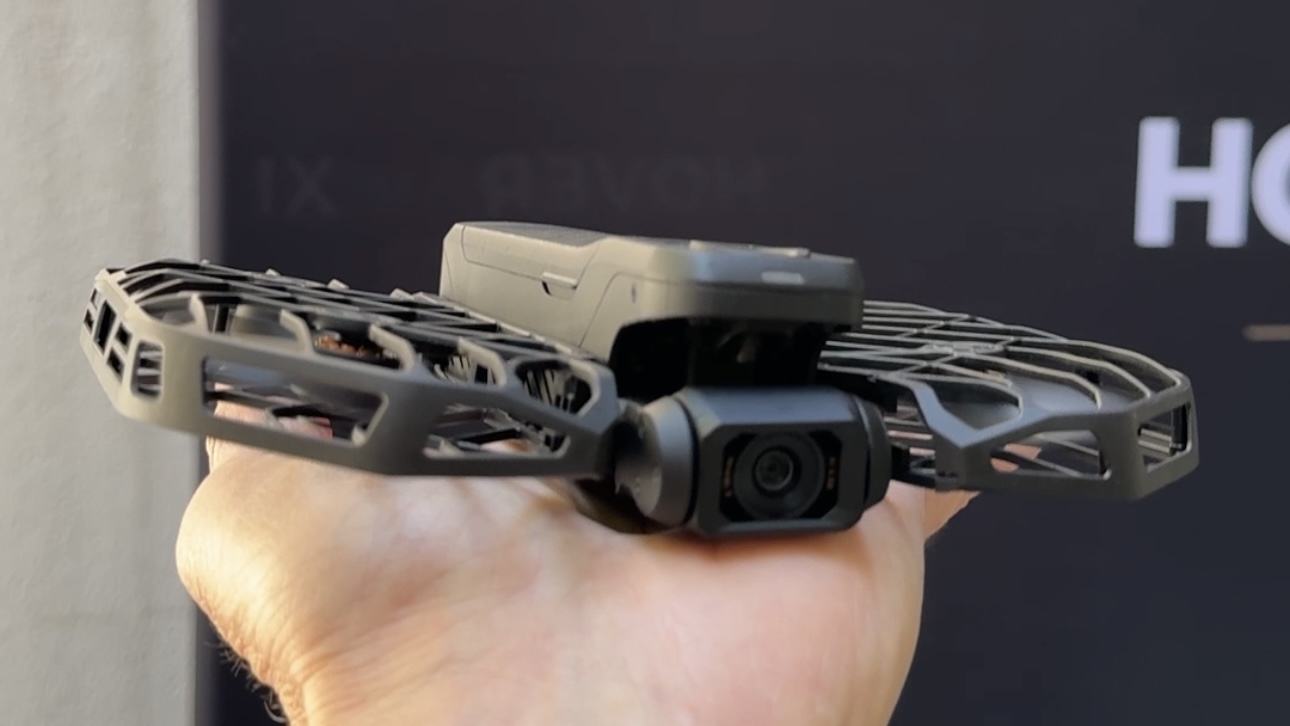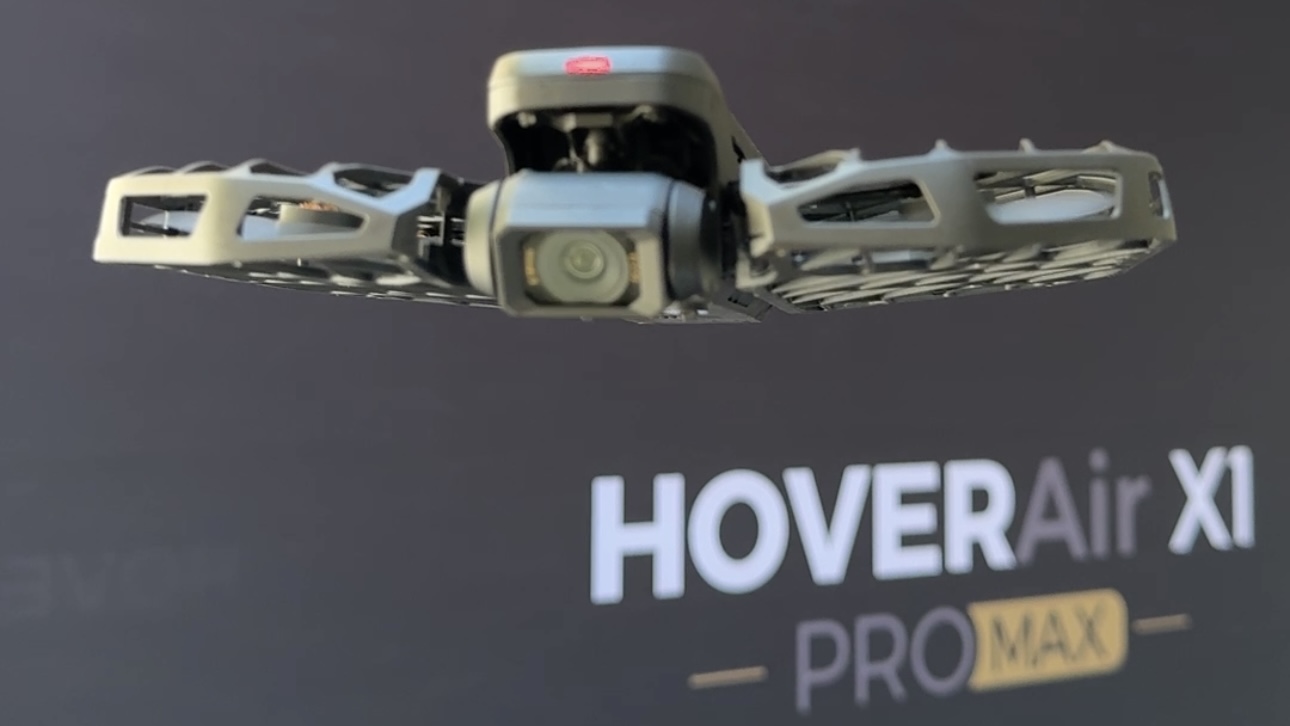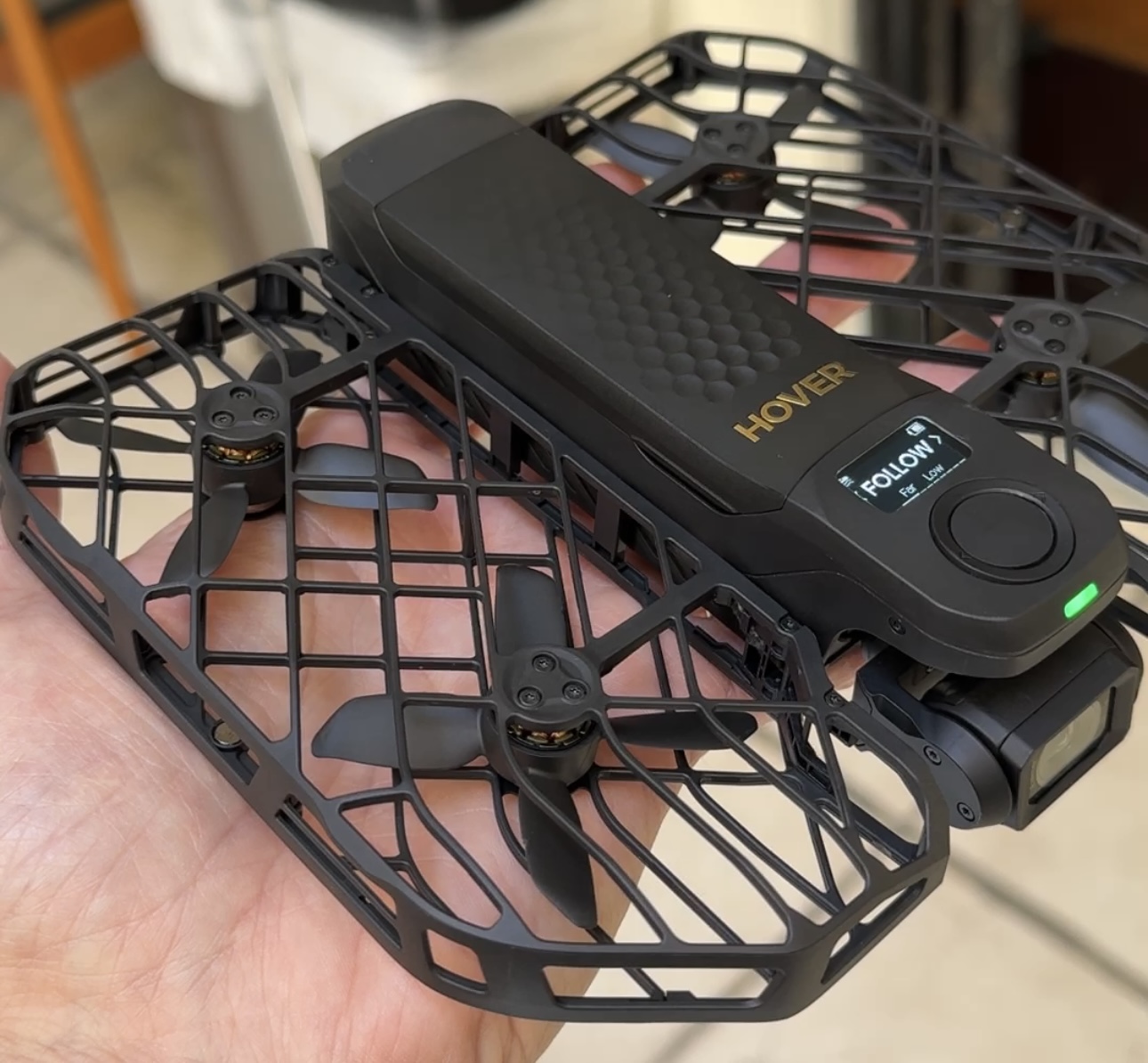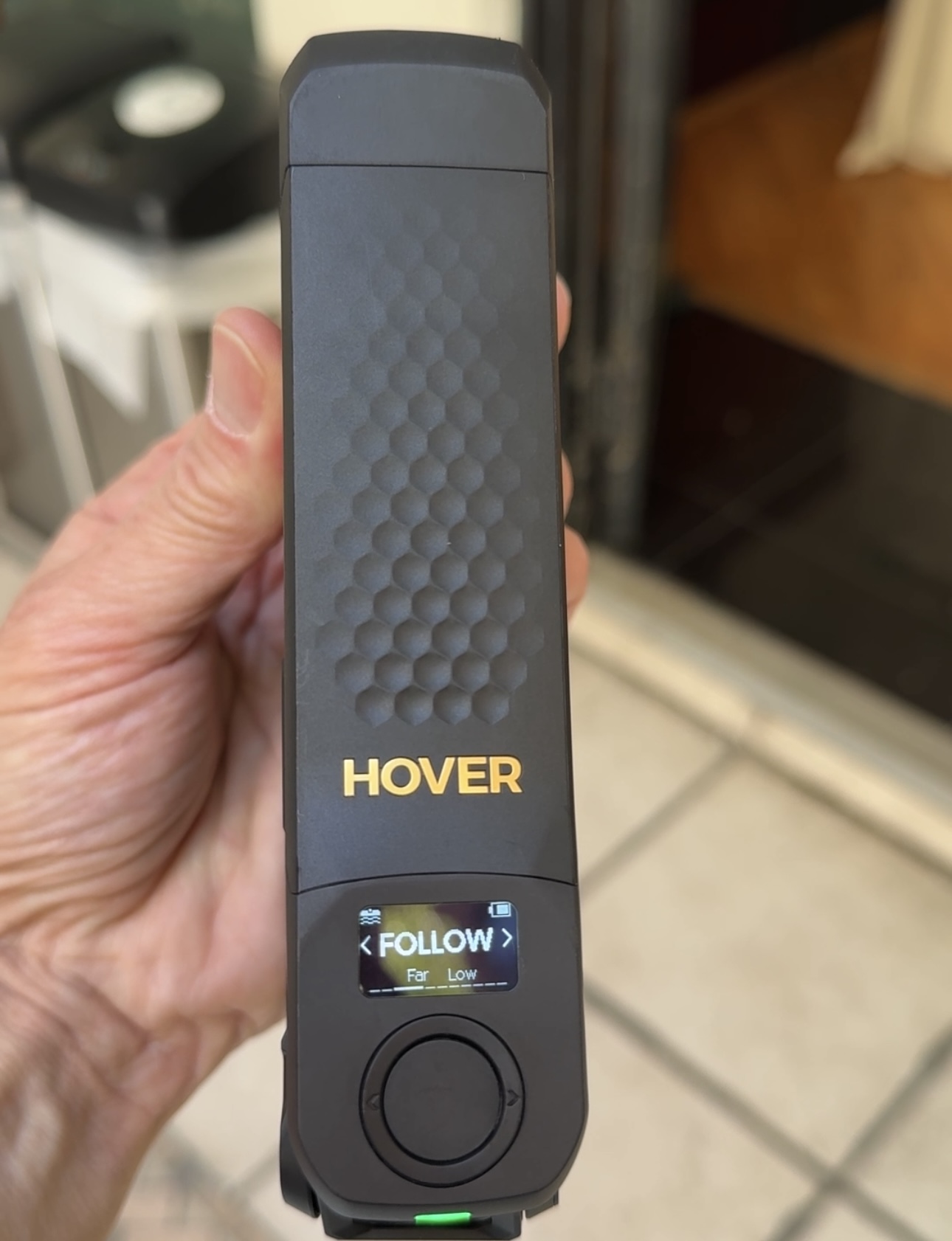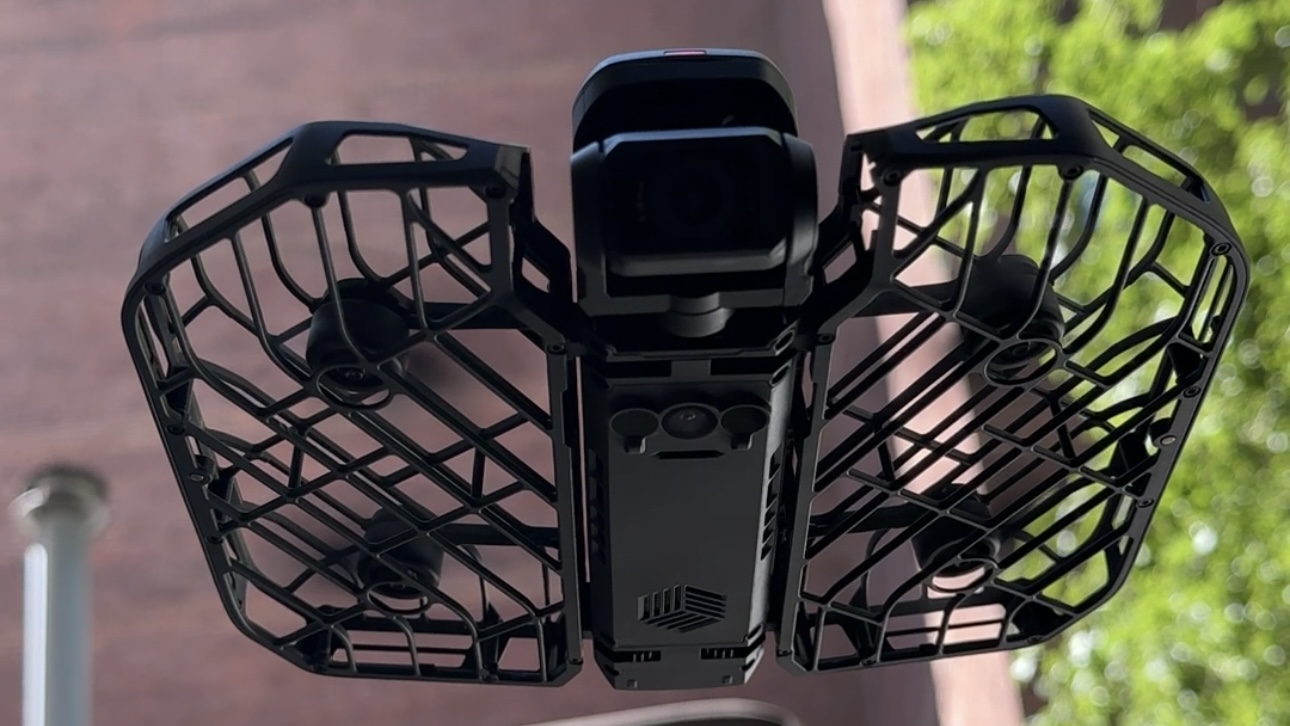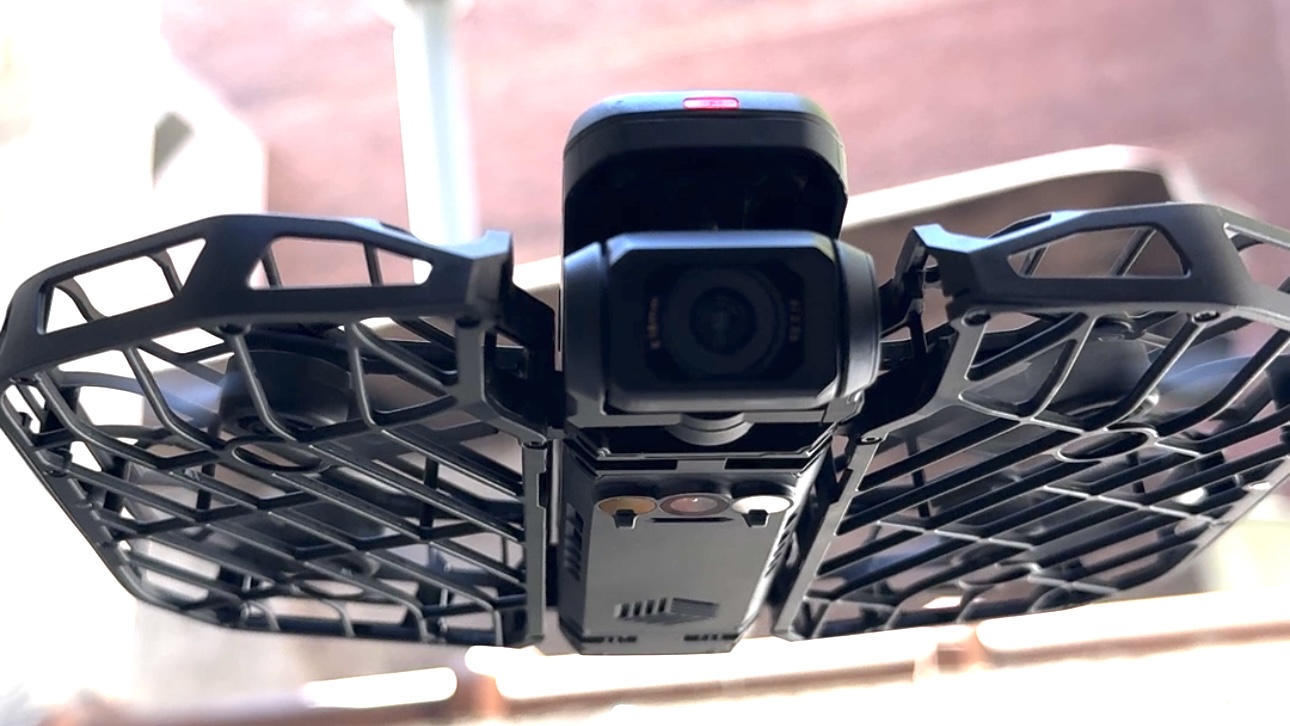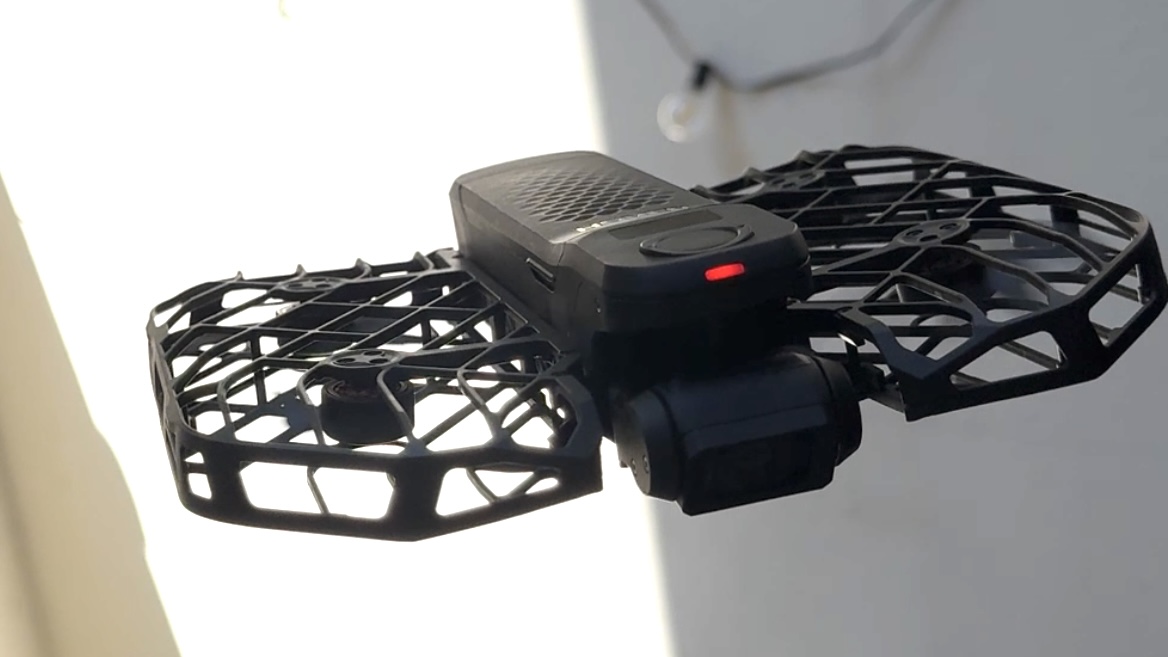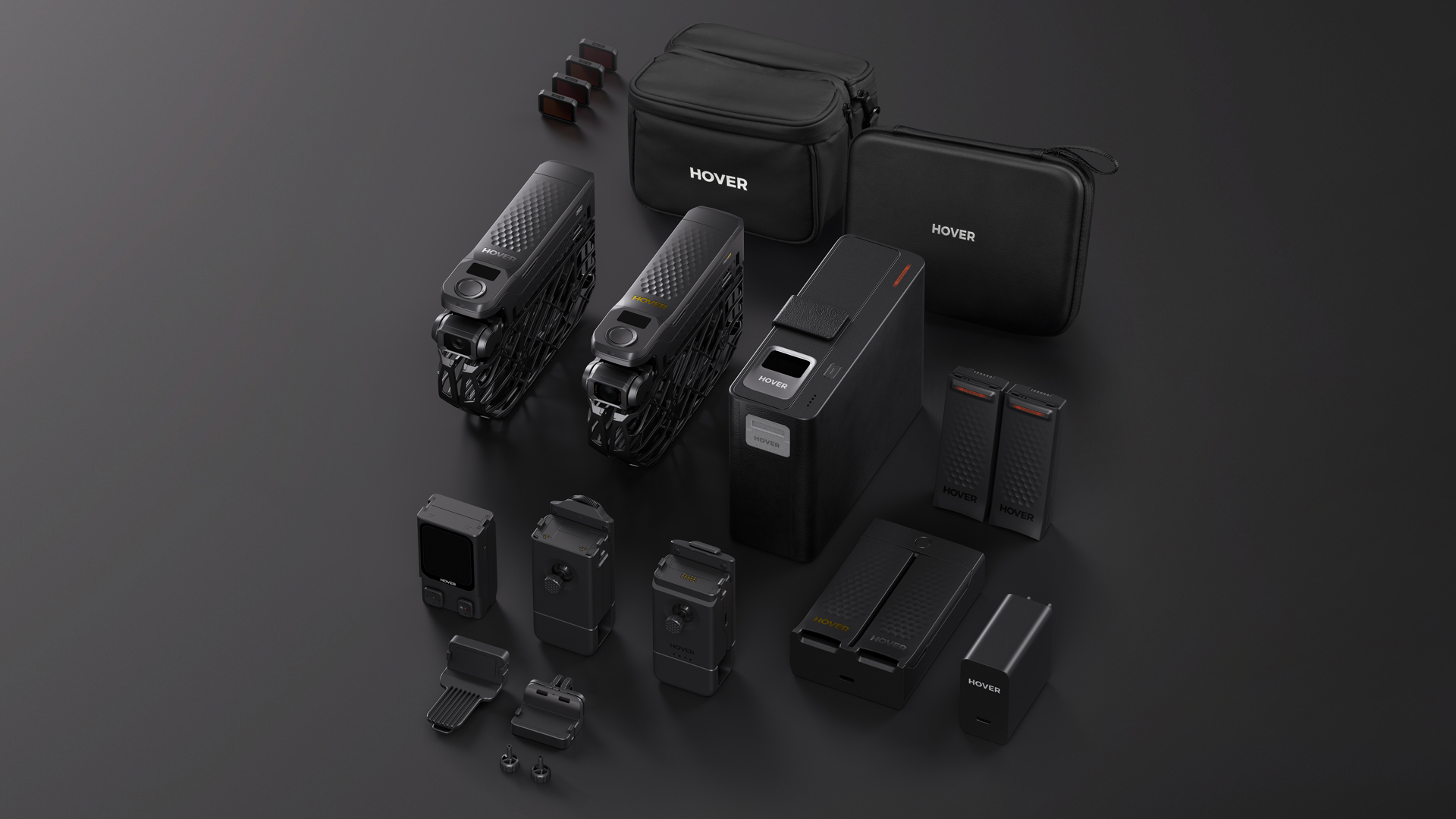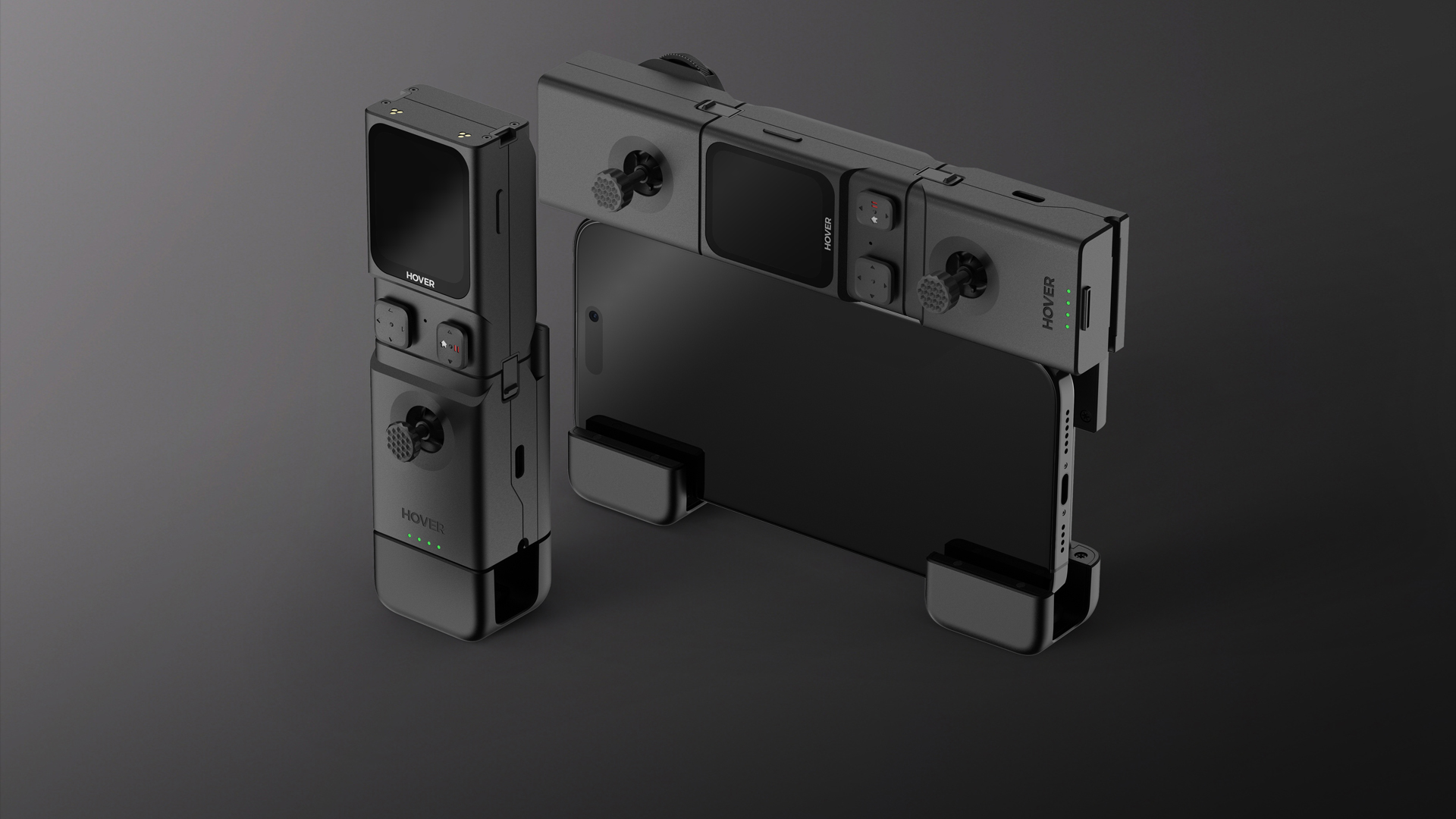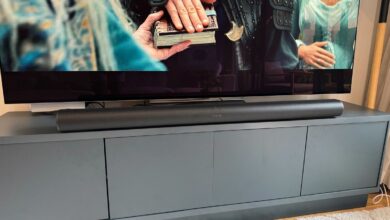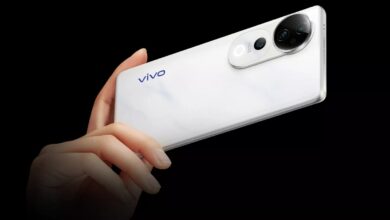HoverAir X1 Pro and X1 Pro Max might just be the pro drones that make your ‘follow me’ dreams come true
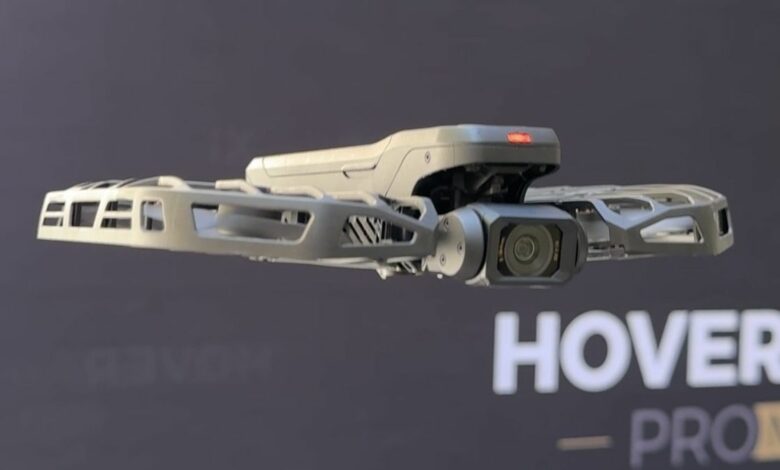
Not content with simply catering to beginners, HoverAI is flying into the pro space with two new foldable camera drones: the HoverAir X1 Pro and HoverAir X1 Pro Max. Both offer better cameras, more speed, more intelligence, and more flight time.
The new drones combine the best of the HoveAir X1’s intelligence with the ability to shoot up to 4K video on the Pro model and up to 8K at 60fps on the X1 Pro Max. The original HoverAir X1, which is still available, shoots up to 2.7k. The cameras on the new drones are on 2x-axis gimbals.
Like the original HoverAir X1, the new drones unfold and can fly in moments. The rotors are covered, making them suitable for flying indoors or outdoors.
They also automatically track subjects, which has always made them great for sports enthusiasts who want to get follow-me shots of their mountain bike rides. The new HoverAI X1 Pro and Air Pro Max have extra collision sensors, with the Pro having a proximity sensor on the back and the Pro Max also having an added vision sensor. This should help them fly over more difficult terrain, and HoverAir maker Zero Zero Robotics claims the drones can fly over water, snow, and other challenging terrain, environments the original HoverAir X1 wasn’t rated for.
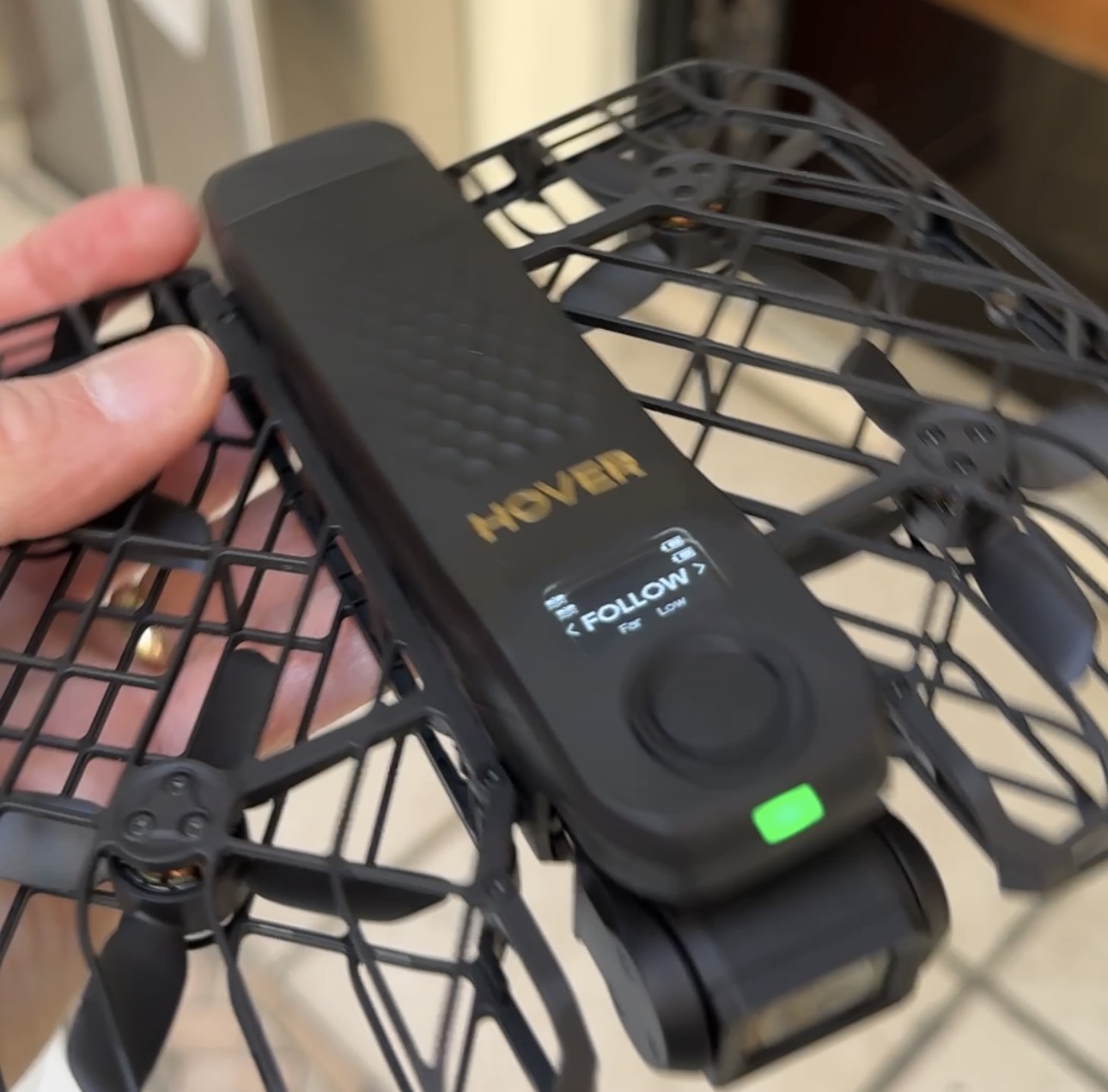
The drones can both fly a little longer than the original HoverAI X1, promising 16 minutes of flight time per battery. Speeds are up to 26 mph. If you like to sprint, however, the HoverAir X1 Pro and Pro Max can fly fast, with a burst speed of 37 mph. Max altitude is 393 ft. The maximum transmission distance between your phone (and the app controlling the drone) and the drones has increased from 30 meters on the HoverAir X1 to a kilometer on the X1 Pro and X1 Pro Max.
The added capabilities and flight time do mean that the pro-level drones have become a bit heavier. While the HoverAir X1 weighs in at 125 grams, the X1 Pro and X1 Pro Max weigh in at 192 grams. These new drones are also noticeably larger than the HoverAir X1. Even so, I picked up both drones and they still felt light compared to most palm-sized drones.
Aside from video resolution, there aren’t many differences between the X1 Pro and X1 Pro Max, except for internal storage. The HoverAir X1 Pro has 32GB of internal storage, while the HoverAir X1 Pro Max doubles that to 64GB. Both drones also have a micro SD slot for additional storage.
With these more pro features comes more pro-level pricing. The HoverAir X1 Pro will cost $499 and the Pro Max will cost $699. Pricing for the UK and Australia has not yet been confirmed.
Both drones are still primarily autonomous follower drones, but Zero Zero offers a wide range of accessories, some of which can give you true manual control. For example, there’s a joystick that lets you use your finger or thumb to control the flight path.
There’s also a handy accessory called the Beacon ($129). It’s both a motion tracker for the drone and provides video feedback. It has a small screen about 1 inch in size, so you can see what the HoverAir X1 Pro or X1 Pro Max is seeing. Zero Zero Robotics representatives described a scenario where you attach the Beacon to the handlebars of your bike, so you can see what the drone sees as it follows you.
The Beacon can also be attached to one of the previously mentioned joysticks to create a small remote controller. If you purchase two joysticks, you can attach them to the Beacon and place your phone between them to build, almost LEGO-style, a complete HoverAir X1 Pro and Pro Max remote controller.
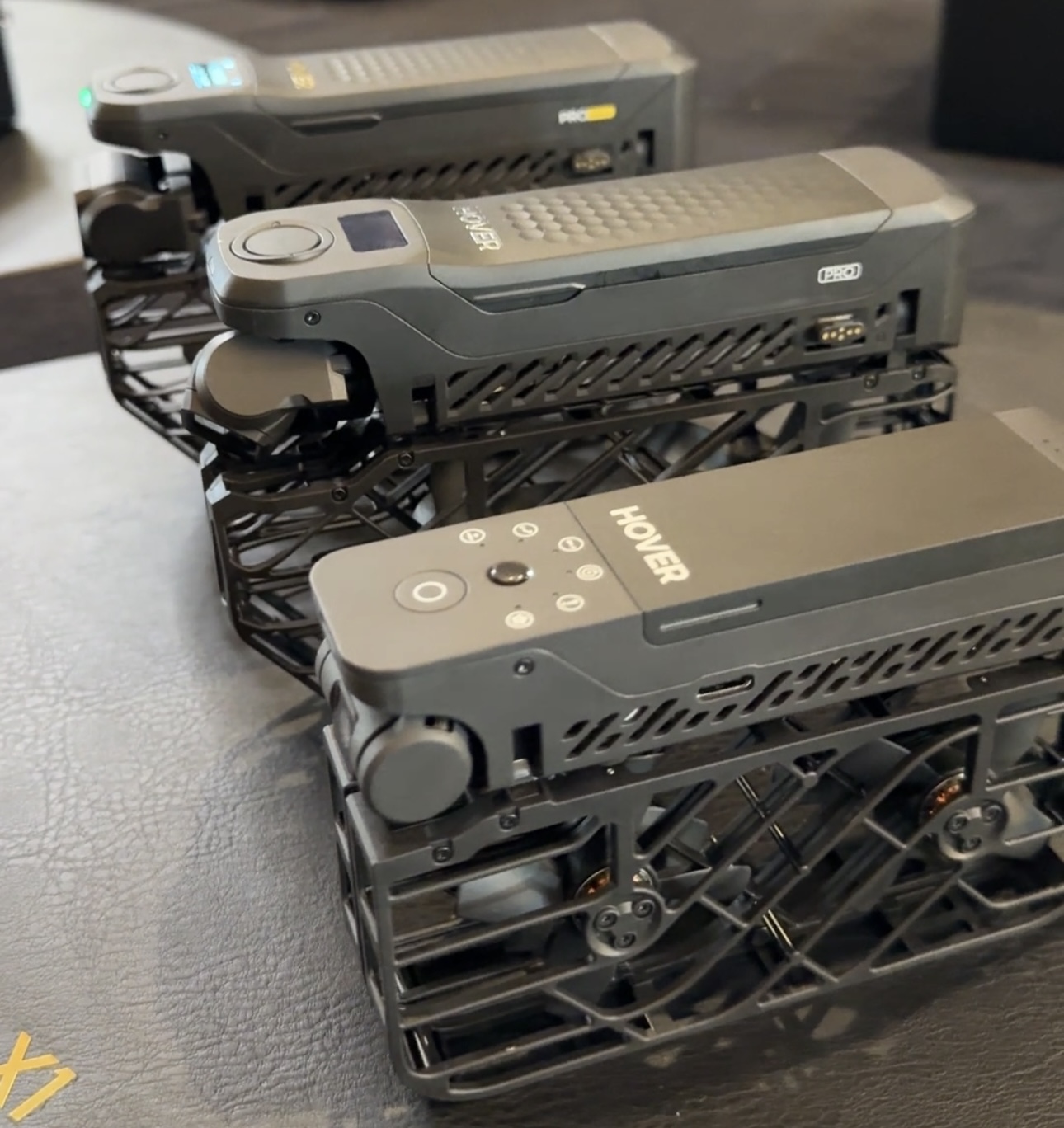
Other accessories include a charging case ($169) that lets you carry and charge the HoverAir X1 Pro or Pro Max. It includes a USB-C port for charging your phone. There’s even a special battery that can withstand temperatures as low as -4 degrees Fahrenheit.
Although I didn’t get to fly the new drones myself, I did see the HoverAir X1 Pro Max in the air and watched it follow me. The drones are a bit quieter than the previous ones and, I would say, a bit quieter than comparable drones of their size.
While I can’t judge the video quality based on hands-on experience, Zero Zero Robotics did capture some video from the drones running on a loop on a big screen TV. It looked pretty good and almost makes you forget that it’s being captured by an autonomous drone following someone skiing down a hill.
It’s still just as easy to unfold and fly the drone. The signature HoverAir motion of landing on your palm when you hold your hand directly underneath it remains intact on the HoverAir X1 Pro and X1 Pro Max.
The HoverAir X1 Pro and X1 Pro Max launch today (August 26) on Indiegogo.com.
@techradar
♬ Relax (accelerated) – MC Mablo Dos Paredões

